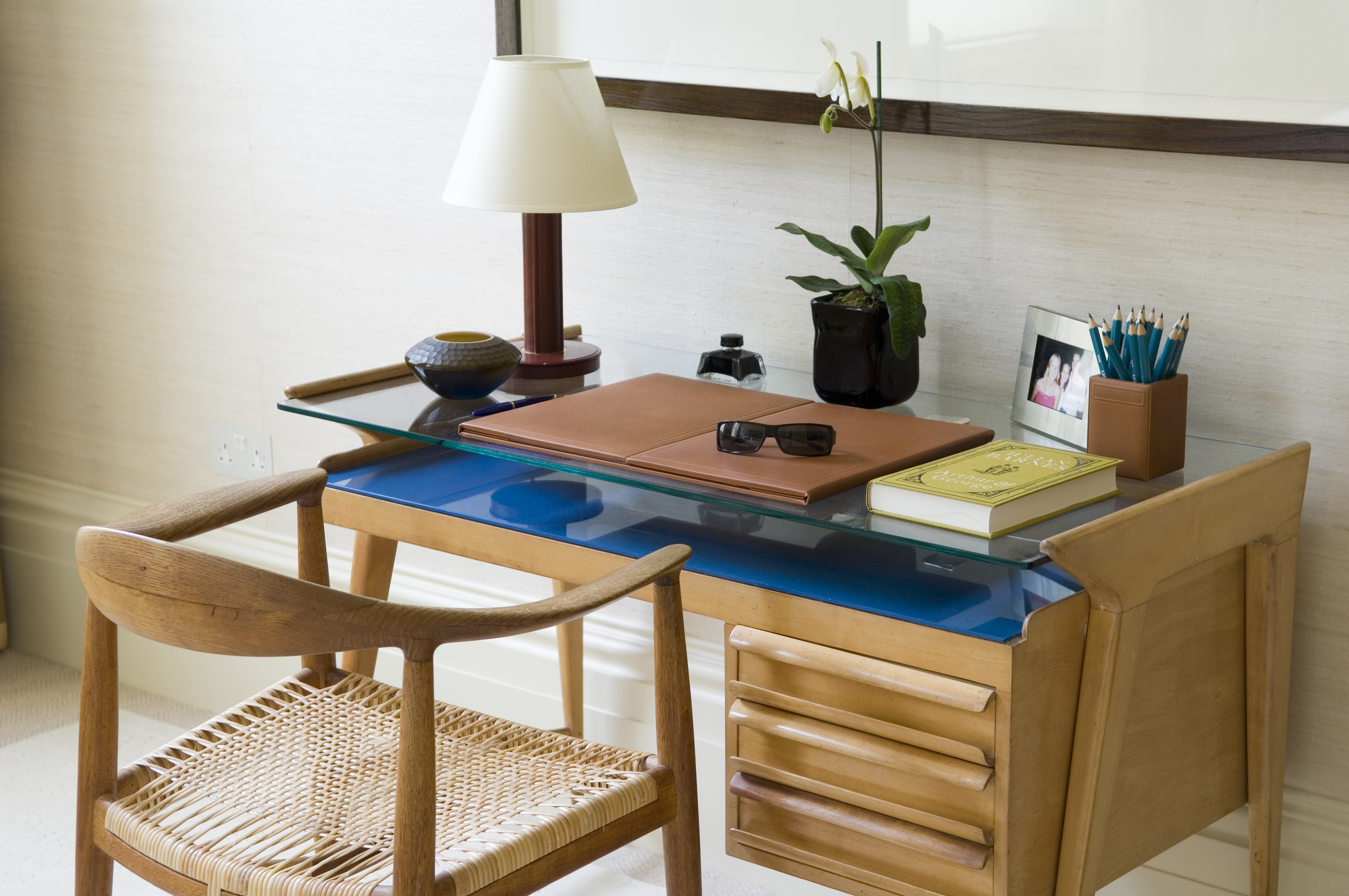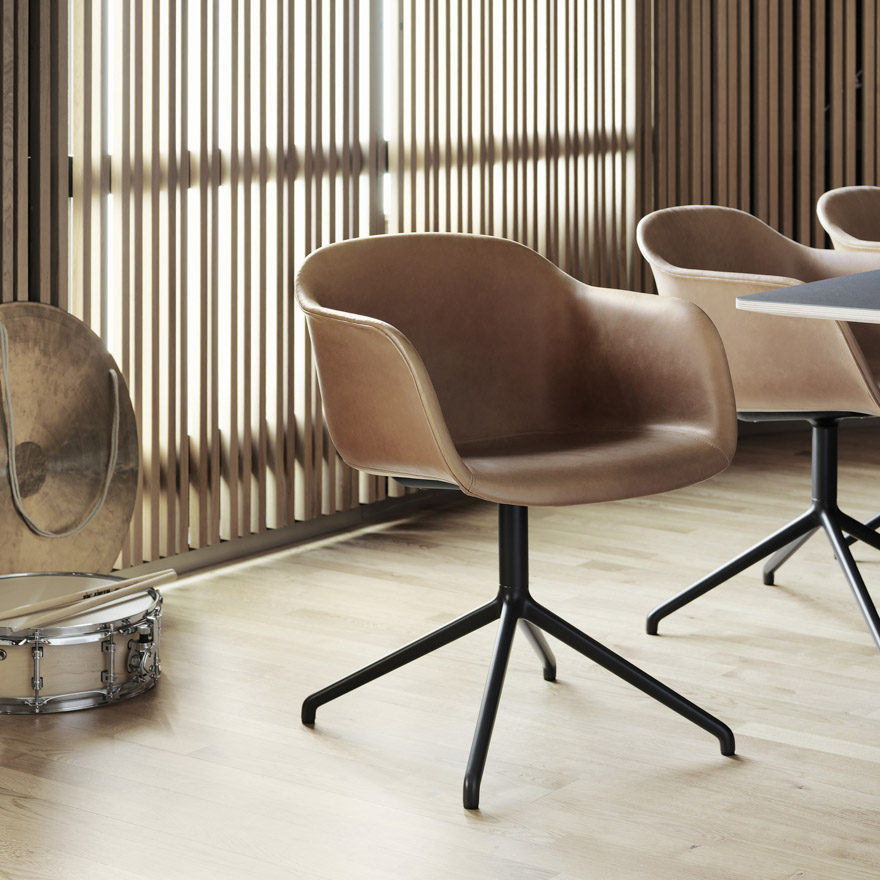Is midcentury modern really going out of style? Designers weigh in
Midcentury modern furniture reached peak popularity a few years back ... but does that means it's now on its way out?

As the saying goes, “everything old is new again.” In recent years, that phrase can be directly associated with furniture, as midcentury modern décor came roaring back to our living spaces.
The style—characterized by slim silhouettes, low profiles, and straight lines—emerged in the years immediately following World War II, and spawned a range of design icons like the Eames lounge chair, modular shelving units, and the Lawson sofa. After falling out of fashion in the 80s and 90s, it exploded back onto the furniture scene as one of the biggest interior design trends of the early 2000s. In 1998, the New York Times first reported on the style’s resurgence, specifically for downtown Manhattan residents aiming to update their spaces with items revitalized from the past, and it arrived in mainstream retailers a few years later.
But after a decade of being the default style for the stylish, the last few years have seen a shift away from midcentury, in favor of chunkier, curvier silhouettes inspired by the 80s. (The popularity of CB2's pouf-like Gwyneth Chair is a prime example of the turn towards a new look.)
Now, in 2021, some experts have asked: is midcentury modern out of style?
The question has arisen previously — even from the Times, in 2016 — but seems a bit more common of late. With the correlating issues surrounding the COVID-19 pandemic — economic downtown, massive unemployment — is the midcentury modern style may, in fact, losing its allure? Maybe, but maybe not. Below, interior design experts weigh in.
Interior designer Dréa Peters of Insta Design Group in Austin, Texas has typically had male clients ask for midcentury modern design in their home offices. Yet, as the popularity of midcentury modern has overtly made its way into much of the furniture world — including pieces from Joybird and Wayfair, among others — Peters’ clients are now aiming for more individuality.
“A lot of people I’ve been working with want to nod to the classic midcentury elements that make the iconic look,” she said. “But what I’m seeing them gravitate toward is cleaner, more minimal interpretation of that style.”
Get small space home decor ideas, celeb inspiration, DIY tips and more, straight to your inbox!
Peters mentioned the styles of designers Florence Knoll and Paul McCobb as inspiring homeowners today, more than a half-century after their heyday.
“There’s a lightness to (their work), but it's still based in the iconic style,” she said.

A timeless Knoll office chair, something designer Dréa Peters notes will always be in style.
Ashley Sheping, of Fort Interiors and The Finish, both in Connecticut, shares almost the exact sentiments. "Although I am seeing many more bohemian and Scandinavian styles becoming popular, I don’t think midcentury modern is completely fading, especially with the popularity of home offices on the rise," she says. "MCM has an understated masculinity that makes it easy to incorporate into workspaces and although I have personally had my share of the Eames lounge chair, I will forever continue to recommend their desk chairs; you can’t beat a comfortable classic."
Zak Rose, of the eponymous store in Chicago, believes people are looking for fresher styles, yes — but that doesn’t necessarily pit them against midcentury modern pieces. Since starting his woodworking a decade ago, Rose incorporates midcentury modern aesthetics into most of his work, from colors and lines to exposing the beauty of the wood itself.
“In terms of people going out and buying a piece of midcentury furniture, I think part of it is because it’s become an accessible way to get into furniture purchases,” he says, both because it's gone mass market, and because vintage versions are widely available.
The bottom line, says Peters, is that the timeless elements of midcentury modern will never go completely out of vogue, but it could be reimagined for what people actually need in relationship with their homes.
“Good design is iconic design and timeless design,” she said. “But we’re moving toward a more balanced experience with the midcentury design aesthetic.”